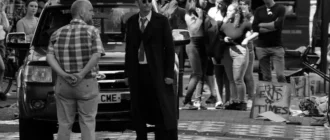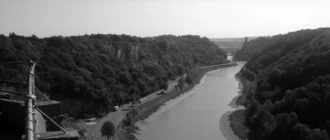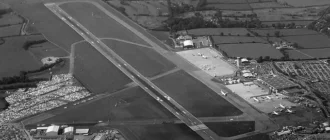Located in southwest England, Bristol is a city of vibrant culture and a rich maritime heritage. The city has transformed its historic city centre into a cultural and educational hub. Visitors can experience the city’s rich history by visiting the M Shed museum, which explores the city’s industrial and social heritage. You can also visit the contemporary art gallery The Arnolfini.
St Nick’s Market
If you are looking for something unique to buy in Bristol, you must check out St Nick’s Market. It has been around since 1743 and now has over 60 stalls run by independent traders. This market is filled with handcrafted items, clothing, souvenirs, and food. There is something for every taste here, from a traditional British pie to international cuisine.
If you love Portuguese cuisine, you should check out Portuguese Taste, which sells pastel de nata in St Nick’s Market in Bristol. They also have other Portuguese savoury dishes, and have teamed up with Big Juice to provide juices and smoothies. You can also buy food and drinks to take away from one of the stalls.
While you’re at St Nick’s Market, you should try some of the new takeaway restaurants. Woky Ko is a great place to try Korean fried chicken. It also serves Thai red curry and rice. You can also get a glass noodle salad to accompany your meal. You should also try Taco Barra, which offers authentic Mexican-style tacos and nachos.
The Exchange building itself is historic and dates back to the mid-18th century. It has been used for many different purposes since its inception. In the past, it was a coffee house and tavern. It has been transformed several times and once hosted a great concert. Today, it still hosts independent food purveyors.
The Christmas Steps is a historic street in Bristol, England that is packed with a unique range of shops. There are potteries, art galleries, and makers of furniture, shoes, and other items. The steps are located in the Broadmead shopping district and stretch along Fairfax Street.
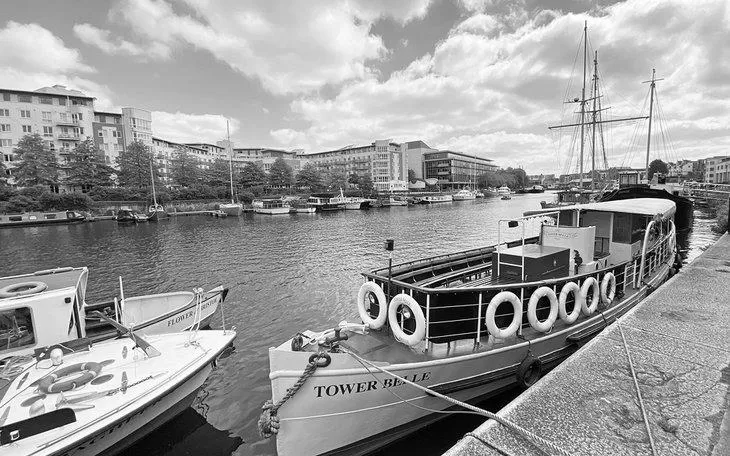
Temple Church ruins
The Temple Church ruins in Bristol, England, are the remains of a large late medieval church built by the Knights Templar, a military order that protected pilgrims to the Holy Land. Originally round in shape, the building was later replaced by a rectangular structure. It was a central location for the order’s south-west territory, and many of its elements remain beneath the surface. Today, the ruins serve as a public garden.
The church was destroyed during the Blitz, but its ruins were preserved and refitted again. The churchyard was later given to the city for public use. It was listed as an Ancient Monument in 1958, and the churchyard was given to the city as open space. In 1959, the church became a Grade II* building.
It is one of the most striking buildings in the city, and is an excellent place to enjoy a day out in Bristol. Located off Victoria Street, the church is surrounded by green space. During its reconstruction, the ruins have been partially uncovered, revealing an oval foundation. Originally, Temple Church served as the administrative center of the Knights Templar’s southern ward.
The Temple Church ruins in Bristol have long been vacant, but this is about to change. English Heritage has plans for the site, including turning it into a public space. A 24-hour continuous arts programme will take place in the ruins, where locals and visitors can hear music and spoken word. The sanctum is open to the public, but the capacity will be kept low to preserve the intimate ambiance.
Temple Church lies south of the Floating Harbour. This area was originally marshland, and outside of the Saxon Town of Bristol, which was situated on higher ground to the north. However, during the Norman period, Bristol began to grow and become a major port. By the 17th century, the city had developed quays along the river banks.
M Shed museum
Located in an old dockside transit shed, the colourful M Shed museum in Bristol reveals the history of Bristol and its people. The museum was built in 1950s and is filled with fascinating exhibits about the city and its people. It is a must-visit destination if you’re in the area.

The M Shed is a new type of museum, challenging traditional ideas and working with the people of Bristol to create displays that people will want to see. It is an interactive museum, presenting stories of the city and inspiring discussions about the city’s future. It is free to visit, and offers a café and shop. Wheelchairs are available for hire, and there is level access throughout.
The M Shed’s exhibition, 21st Century Kids: Bristol Through Our Eyes, features the work of young people under 24. These works highlight the experiences of Bristol’s youth, and are on display until August 2021. Visitors can also check out the exhibition online. The M Shed also offers a curated online version of the exhibition.
The M Shed also maintains five dockside cranes. The first one, the Fairbairn steam crane, was completed in 1878 and was in service until 1974. It still has a capacity of 35 tons. It is classified as a Scheduled Ancient Monument. The M Shed complex also houses four electric cargo cranes. The dockside cranes were designed by the renowned Bristol engineering firm Stothert & Pitt.
A rooftop bar on top of the M Shed museum is another idea that could help the Bristol city council earn revenue. It’s one of the many ideas that councils are considering, but there has been no official decision yet. The M Shed is on prime harbourside property, and a rooftop bar would provide a great place for drinking and socializing.
M Shed
A colourful collection of exhibits gives an insight into the history of the city and its people. The building was originally a 1950s dockside transit shed. Today, it is a vibrant museum, which tells the history of Bristol through colourful displays. It is a fantastic place for families to spend a day or afternoon.
The Mshed is located on the harbourside and is free to visit. It provides a fascinating insight into the history of Bristol, including an interactive double-decker bus ride, tours of bomb shelters with commentary, and exhibitions on the city’s neighborhoods. The building is quite spacious, with a nice harbour view from the upstairs level. The museum also has a shop.
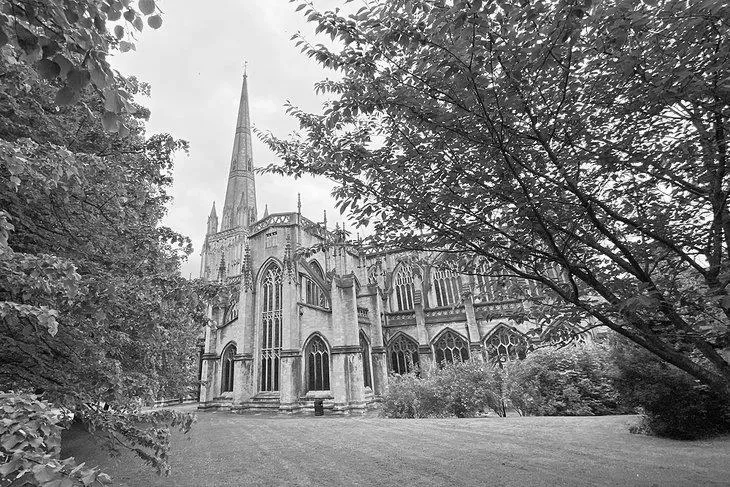
The M Shed has a rich collection of artifacts relating to Bristol’s history. It contains over 2000 years of local history, including information on the city’s history in slavery, wars, and industrial heritage. It also has working exhibits such as cranes and trains, and a cafe which opens onto a public square.
The M Shed has a fascinating collection of historical exhibits, including the Pyronaut, a fire-fighting boat which was constructed during the Blitz. It was restored in the late 1960s after being destroyed by bombings. Later, it was retired from service, and the M Shed took on the task of restoring it. Today, you can see the restored ship on the Princes Wharf in front of the M Shed.
The Vanguard exhibition is another must-see at the M Shed. This exhibition features some of the most influential British and Irish artists who are combining traditional techniques with new media. It also highlights the work of emerging global creatives who are advocating for social awareness. The exhibition also includes rare and unseen works from internationally renowned photographers and filmmakers.
Clifton Suspension Bridge
The Clifton Suspension Bridge in the city of Bristol is a bridge that spans the Avon Gorge and the River Avon. It connects the Clifton area of Bristol to the North Somerset town of Leigh Woods. It was opened in 1864 and is a toll bridge. The money generated from tolls goes to help maintain the bridge.
Originally, the Clifton Suspension Bridge was a privately funded project. Although there was a toll to pay to cross, the bridge has been a major tourist attraction and has been a source of economic growth for the city. The bridge is a symbol of Bristol and has become a major landmark for the city.
Brunel first proposed the bridge in 1753, but his initial plans were for a stone bridge, but he later revised his design to make it more practical. The bridge’s construction was halted in 1831 due to riots in Bristol, but was re-started after Brunel’s death in 1835. The bridge’s design was fantastic and otherworldly, but the actual structure is far from fantastic.

Located on the cliffs of the Avon Gorge, the Clifton Suspension Bridge is a unique attraction in Bristol. It is also a defining symbol of the city, and attracts thousands of visitors each year. The bridge sits alongside Clifton Village, a historic neighborhood known for its quaint passageways and eclectic mix of shops. This area is also home to beautiful architecture, gardens, and secret hideouts.
The Clifton Suspension Bridge in the city of Bristol is a Grade I listed structure that spans the River Avon. It was constructed as a memorial to the late Isambard Kingdom Brunel and opened in 1864. The bridge is a toll bridge, and toll income funds the bridge’s maintenance.


